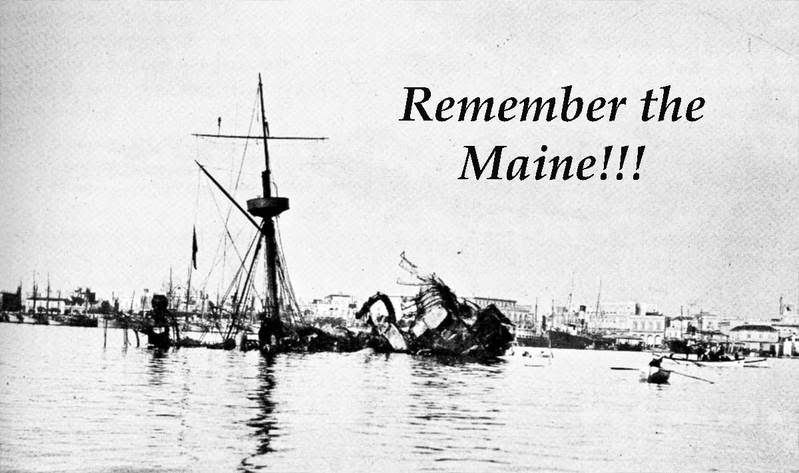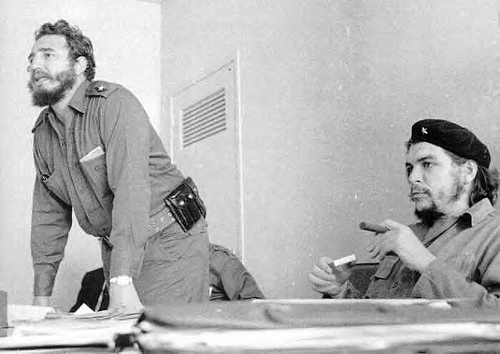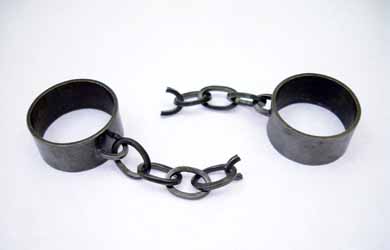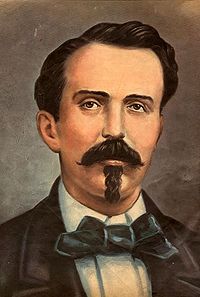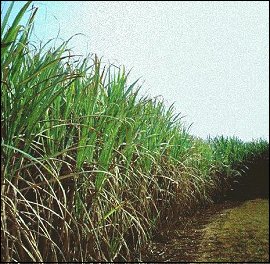Each person, place, and idea is a product of its past; the island of Cuba is no exception. Cuban colonization grew rapidly in wake of its discovery in 1492, and would remain a colony in some form over the next 400 years.
Spanish Decolonization
The crown of Spain “held” the island from its discovery by Christopher Columbus through the late 1890s. However, during the mid-1800s some Cubans wanted to throw off the bonds of Spanish colonization. This resulted in a series of guerilla wars that began with Carlos Manuel de Cespedes issuing his “Grito de Yara” in 1868. A proclamation that declared Cuba free from Spain and freed his slaves to fight for Cuban independence.
Guerilla wars were fought on and off for years. During the periods of aggression, sugar production would come to a grinding halt. This affected American investors and began to get the attention of the American people. However, it was Spanish atrocities at reconcentration camps that prompted the American peoples desire for involvement. Atrocities were popularized and exaggerated by yellow reporters in their quest to sell more newspapers. Nevertheless, the attention of the United States was captured.
With the sinking of the USS Maine in Havana Harbor in 1898, the American people caught war-fever. The war was a resounding U.S. victory and propelled individuals, like Theodore Roosevelt, into household names. The war was brought to a close with the signing of the Treaty of Paris, which among other things dictated the Spanish decolonization of Cuba.
American “Involvement”
Cuba was free of Spain only to gain the guiding hand of the United States. Cuba was under the control of the U.S. military from January 1989 – 1902. While drafting their Constitution, Cuban officials were given the Platt Amendment. An American amendment that stated that the United States has the right to intervene in Cuban should their independence be threatened. It also states that the U.S. Navy would keep a base at Guantanamo Bay.
American industries also invested heavily in the island. Companies like United Fruit Company and Cuban Telephone Company invested their money and bought vast tracts of land in Cuba. This would be a source of much controversy later.
From 1902-1933, the island of Cuba continued in a mildly democratic manner. They allowed the election of officials and were considered a success of U.S. diplomacy. However, in 1933, Fulgencio Batista took control and became dictator until 1959. During his time as leader, Batista became a hated man and it is not difficult to understand the revolutionary mindset that followed.
American “Decolonization”
In 1959, the revolutionary minds of Fidel Castro and Che Guevara brought a new kind of freedom to the Cuban people. Their forces managed to overthrow Batista and they established a government with radical ideals. Their reforms were incredibly popular with the common man. The new government restructured the entirety of Cuban society. It limited land ownership, limited the cost of renting, initiated industrialization, and expanded employment.
Tensions began to grow between Cuba and the United States when the new government refused due process to former supporters of the Batista regime. Things continued to decline when the government seized lands held by American businesses, among which were the Cuban Telephone Company, United Fruit Company, and Coca Cola.
The American government and the Central Intelligence Agency began to plot to overthrow Castro. They devised elaborate assassination attempts and finally settled on a counter-revolution. They gathered and trained Cuban exiles in Miami. They were to land on Cuba at the Bay of Pigs on April 17, 1961 following American airstrikes on the island. These counter-revolutionaries were to land with American air-support. However, at the final moment, President John Kennedy became apprehensive as to its use and called off the support. As a result the invaders were slaughtered and Fidel Castro declared Cuba to be a Communist state.
By declaring his state to be Communist, Castro loosely allied himself with the United States greatest enemy: the U.S.S.R. With this, the tensions between the U.S. and Cuba became unbearable and in 1962 all trade with the island was banned. In October 1962, tensions mounted greatly with the discovery of Soviet ballistic missiles capable of delivering nuclear bombs to most of southern United States.
By the end of October, the crisis had been averted. But, relations between the U.S. and the former colony remained and remain shaky. There are many incidents that led to the decolonization of Cuba by Spain and the United States. However, as of current, Cuba has maintained the ideals of Communism and has thrived doing so. While relations between the U.S. and her nearby neighbor remain unclear, we all wait for what comes next.
Sources:
"Cuba." U.S. Department of State. 7 Nov. 2011. Web. 03 Dec. 2011. <http://www.state.gov/r/pa/ei/bgn/2886.htm>.
Goldfield, David R. "The Spanish-American War." The American Journey. Vol. II. Upper Saddle River, NJ: Pearson Prentice Hall, 2008. 261-65. Print.
Staten, Clifford L. (2003). The History of Cuba. (pp. 31-34). Westport, CT: Greenwood Publishing Group
